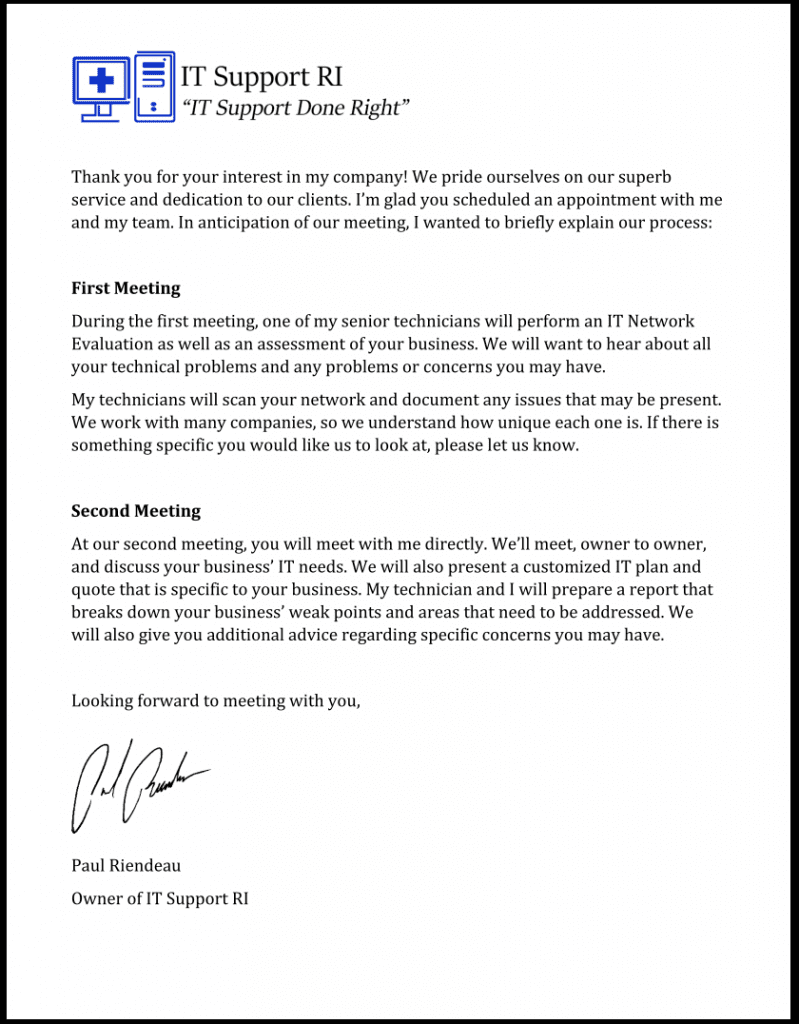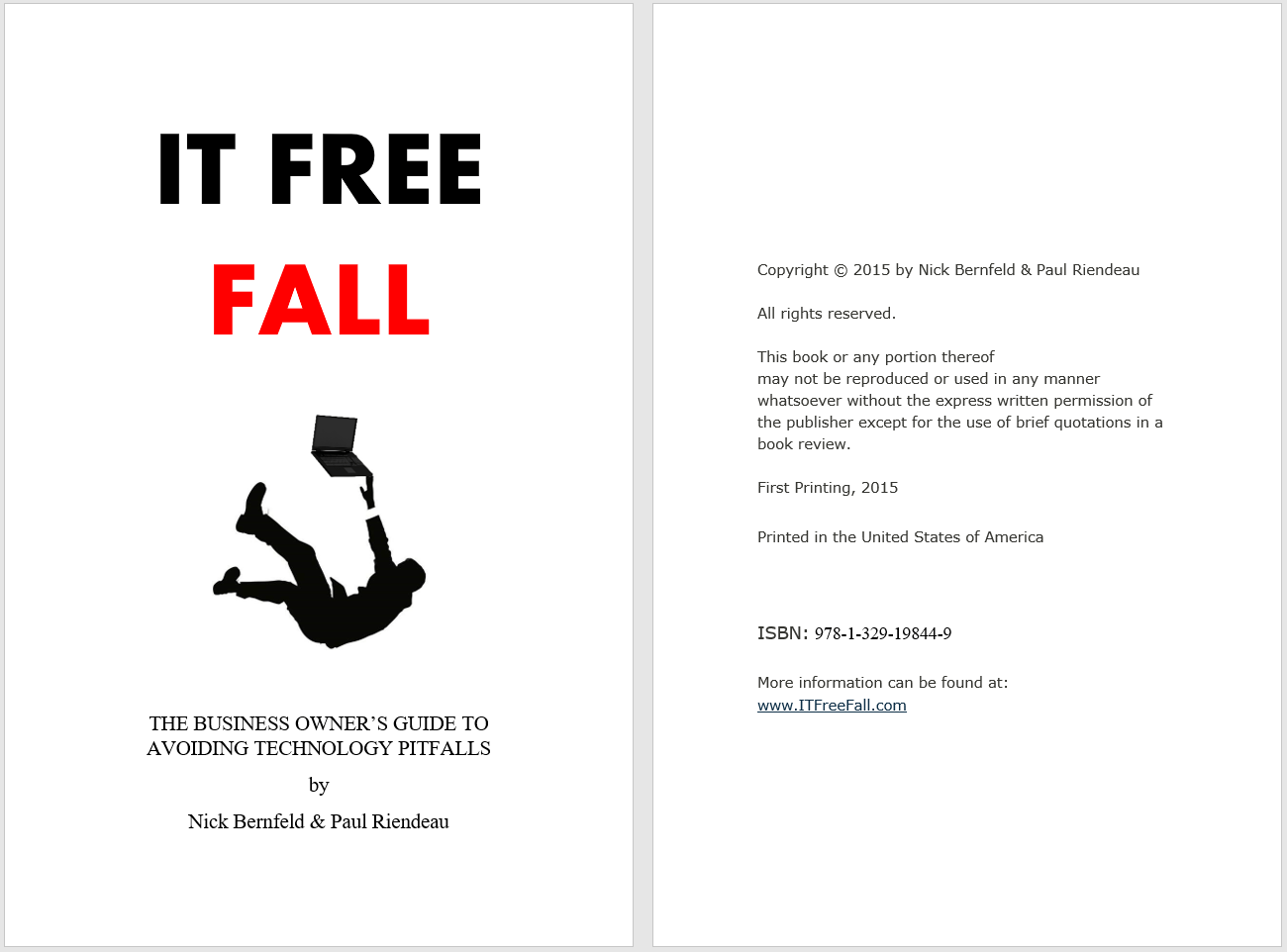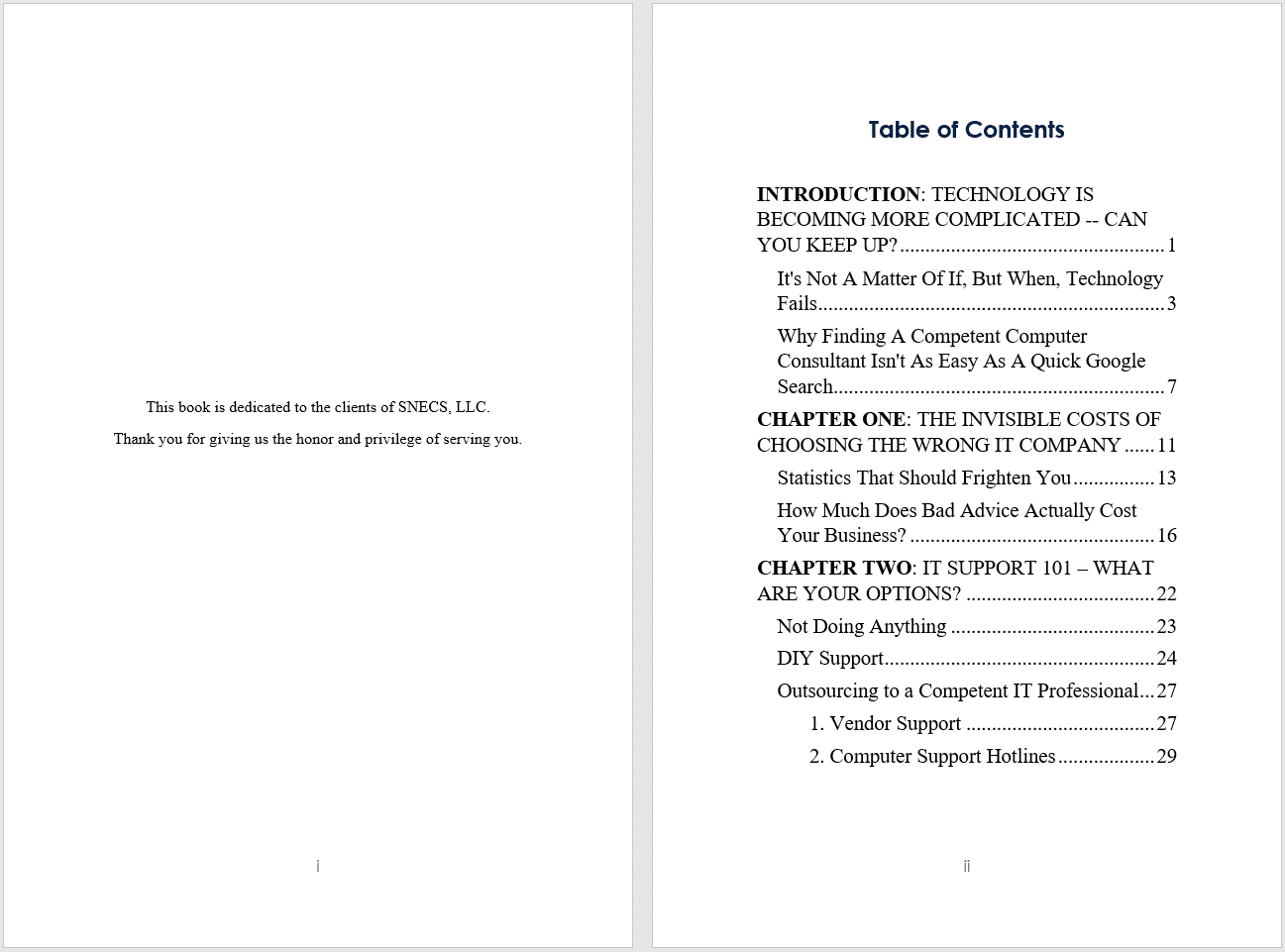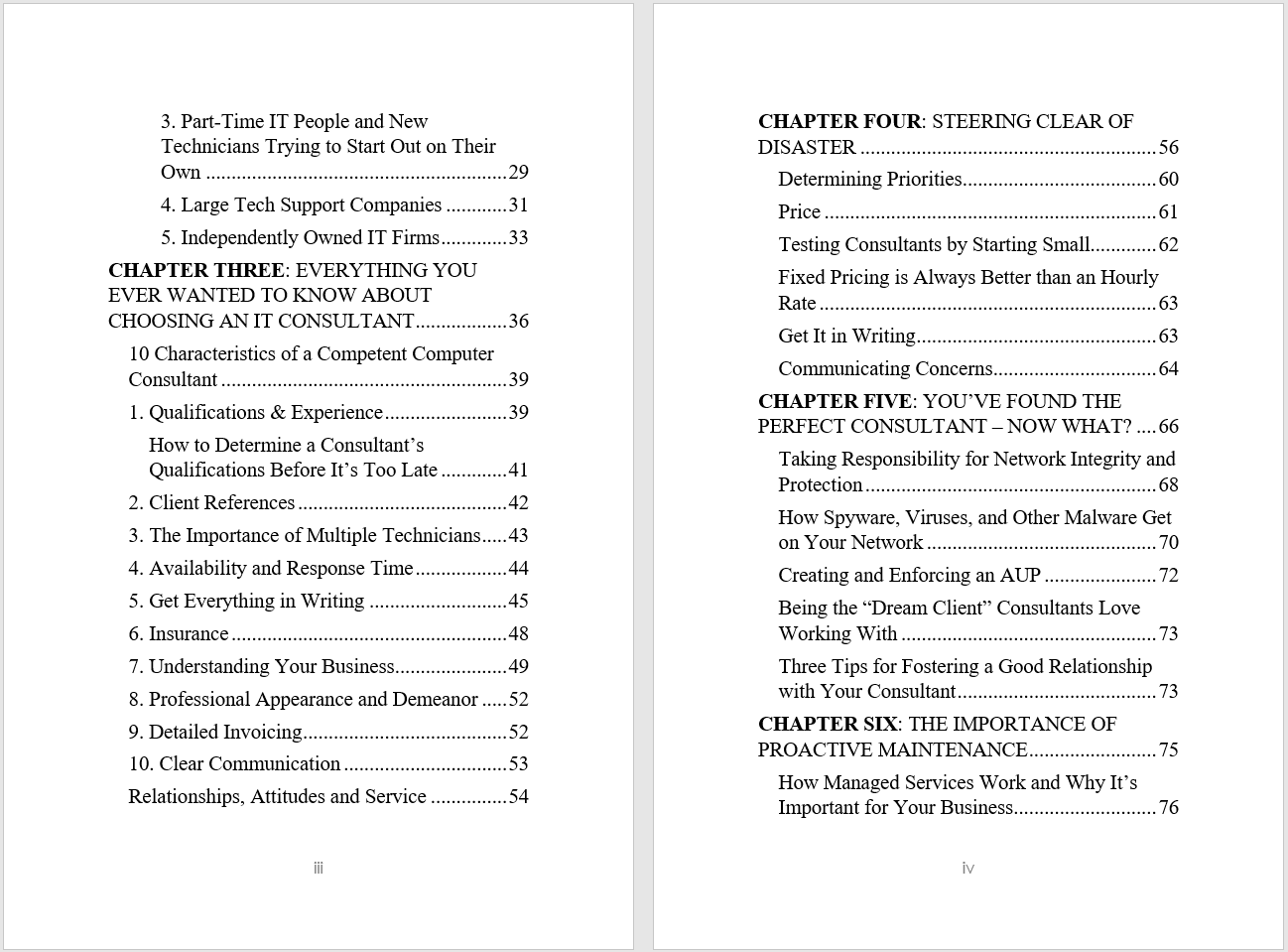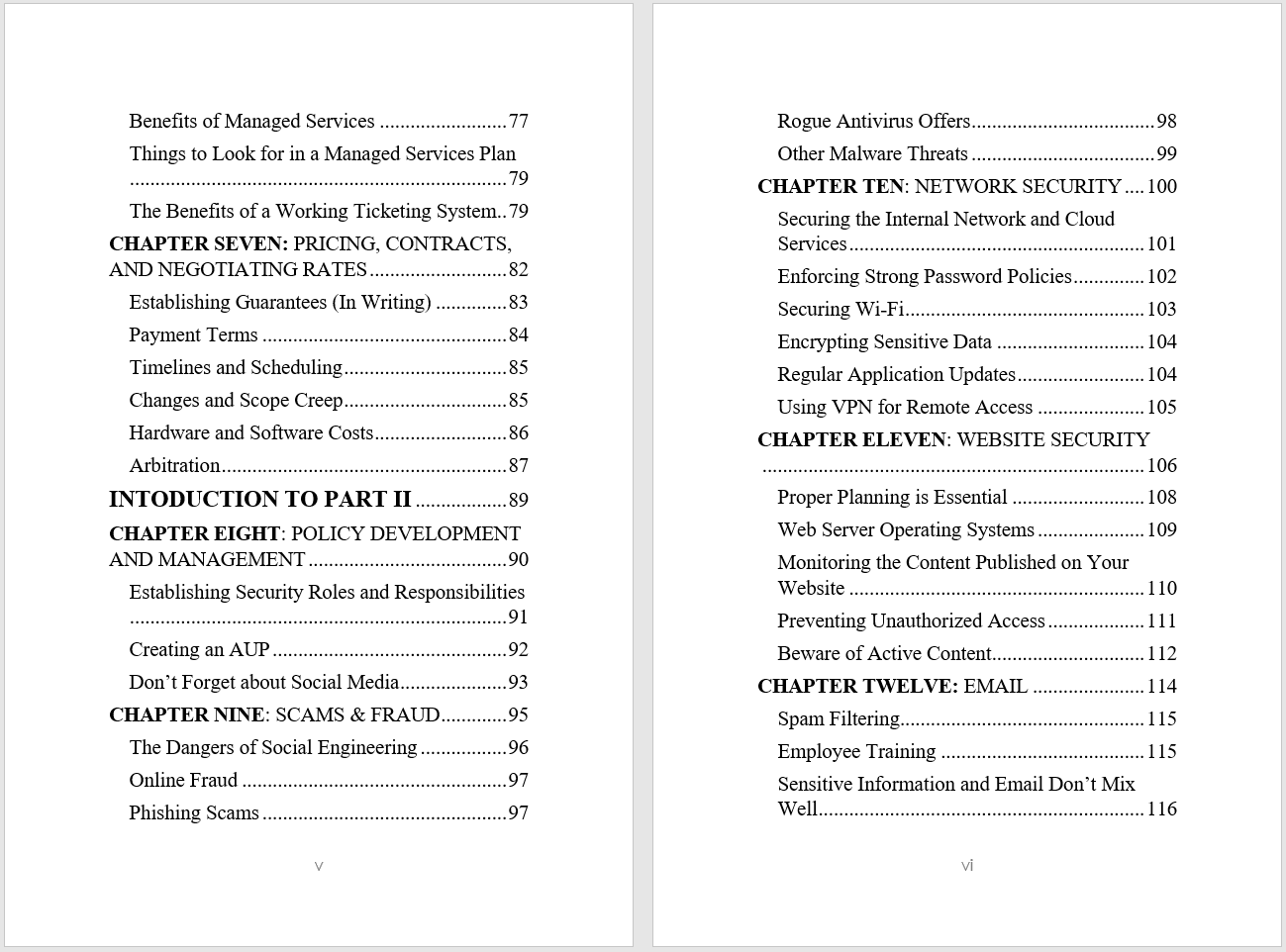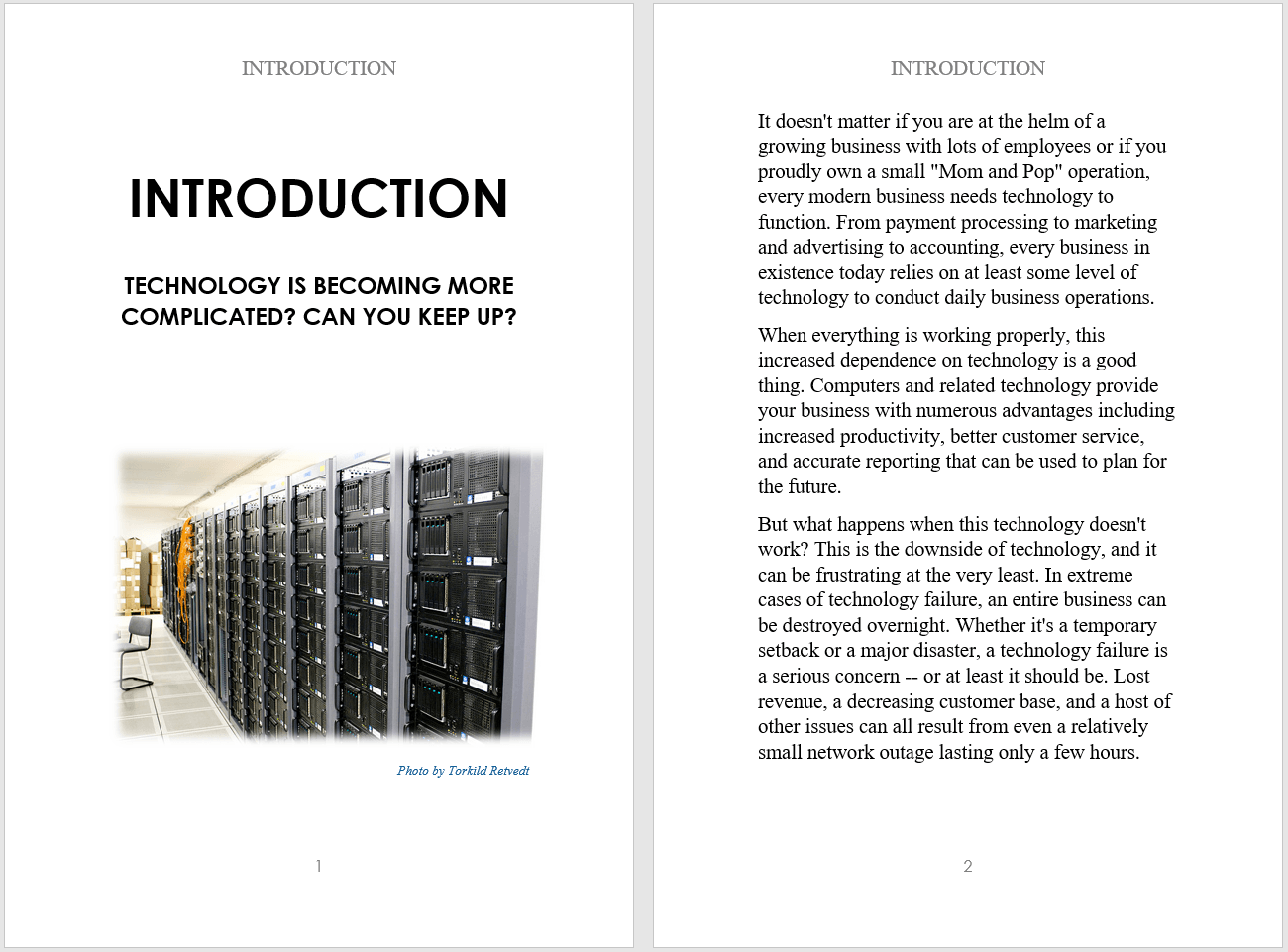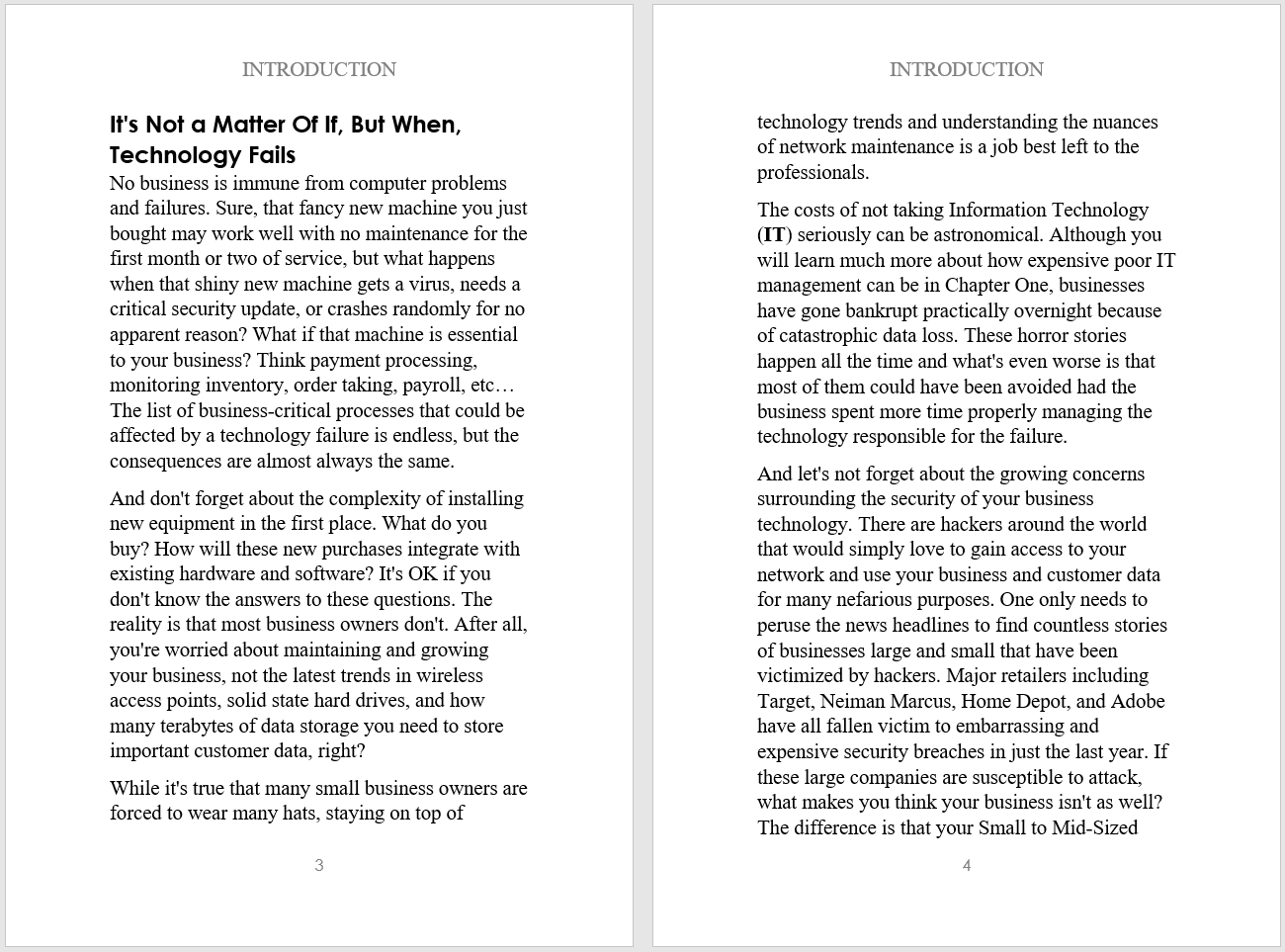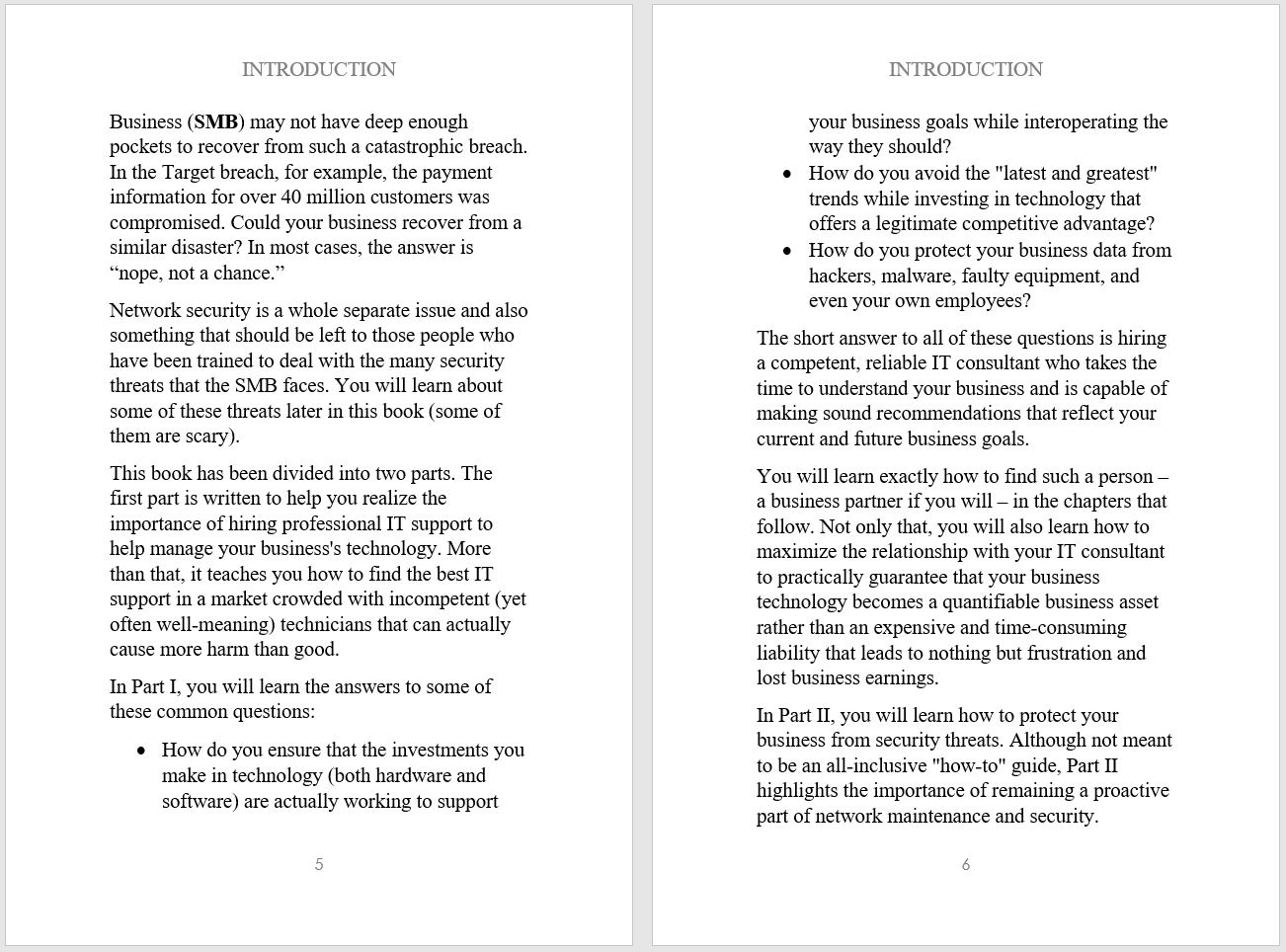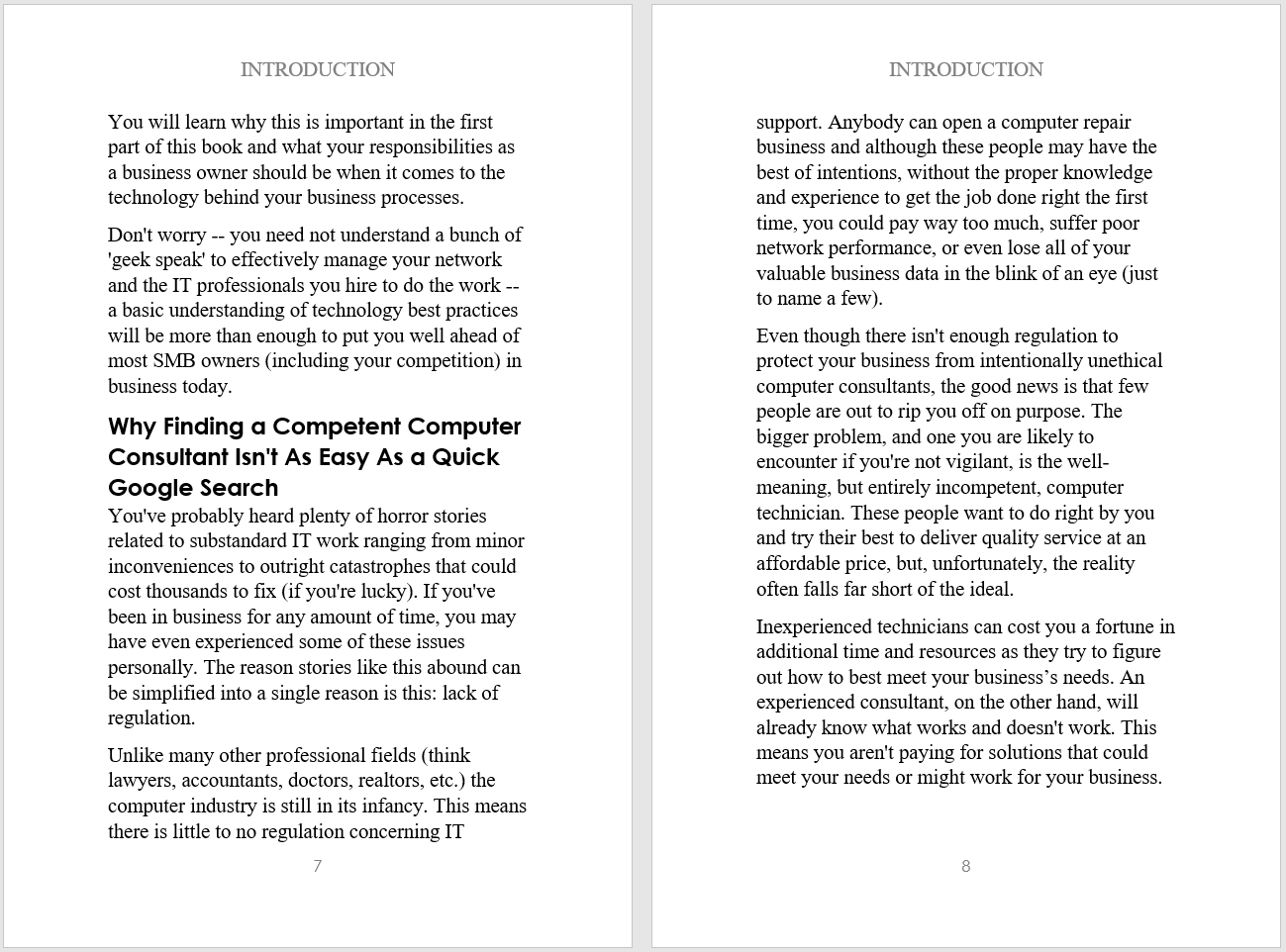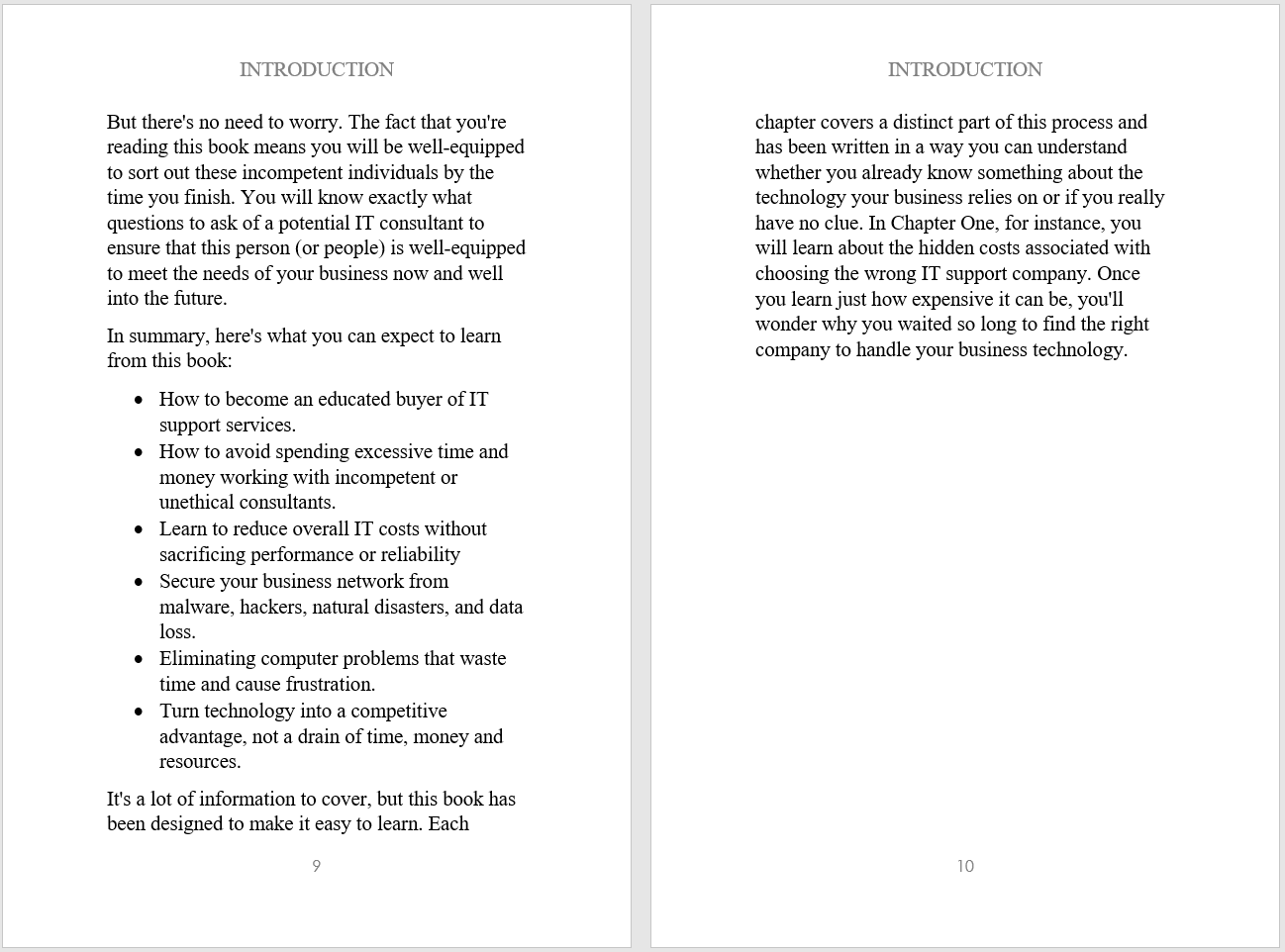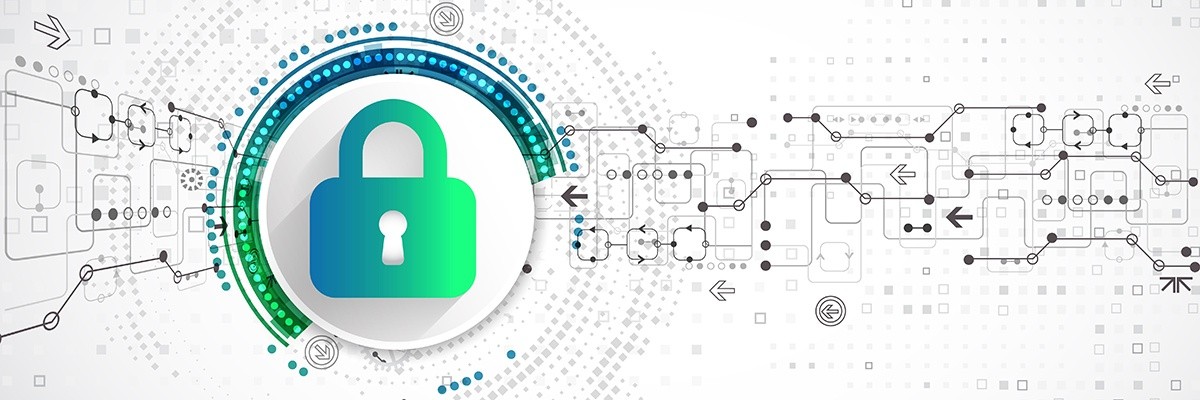
We use our smartphones, tablets, and computers for just about everything, ranging from sending emails to checking our online banking. But have you ever stopped to think about how protected our devices are? Think of all the personal information that is stored in our phones and computers. Our devices are prone to viruses, hackers, or security breaches. These attacks could compromise endless amounts of data. There’s no need to worry! Here are some things you can do to increase your online security and keep your information safe.
Change Your Passwords
We’re all guilty of using the same usernames and passwords for every website. The truth is that we know better. We’ve been warned countless times to never use the same password, but we do it anyways. It’s just easier to use the same one for everything. However, if someone were to learn your password, they’d be able to access all your accounts. The first thing you should do is to start using different passwords for each website. Your new passwords should contain at least one uppercase letter, be 8-10 letters long, and contain numbers and/or special characters.
Utilize Multi-factor Authentication
Multi-factor authentication, or two-factor authentication, adds an extra security to your online accounts. Essentially, it is a simple way for your accounts to verify your identity. Think of it like your debit card. When you go to withdraw money from the bank, you have your card with you, but you also need to enter your PIN to get your money.
You should to activate two-factor authentication options for your email and social media accounts. What this does is send you a text or email, telling you that there was a new login attempt from a different device. Often, this message will send you a special code you must enter if you want to continue logging on.
Allow Software Updates
There’s been plenty of times that a little pop-up notification appears and tells us that we have updates available—and there’s been plenty of times that we’ve ignored them. The next time you go to dismiss that update reminder, consider this. Software updates are there to keep us safe. While software updates keep everything operating smoothly, they do more than that. They also have certain patches to fix performance or online security issues. By installing software updates, your device and apps will run efficiently and safely.
There’s plenty of steps you can take to increase your online security. Changing your passwords, utilizing multi-factor authentication, and updating your software are three ways you can keep your information safe. While these may seem like trivial changes, this is your best defense against security problems. By taking the necessary precautions now, you can avoid being a victim in the future. If you’re still unsure or worried about your online safety, contact your IT professionals!


